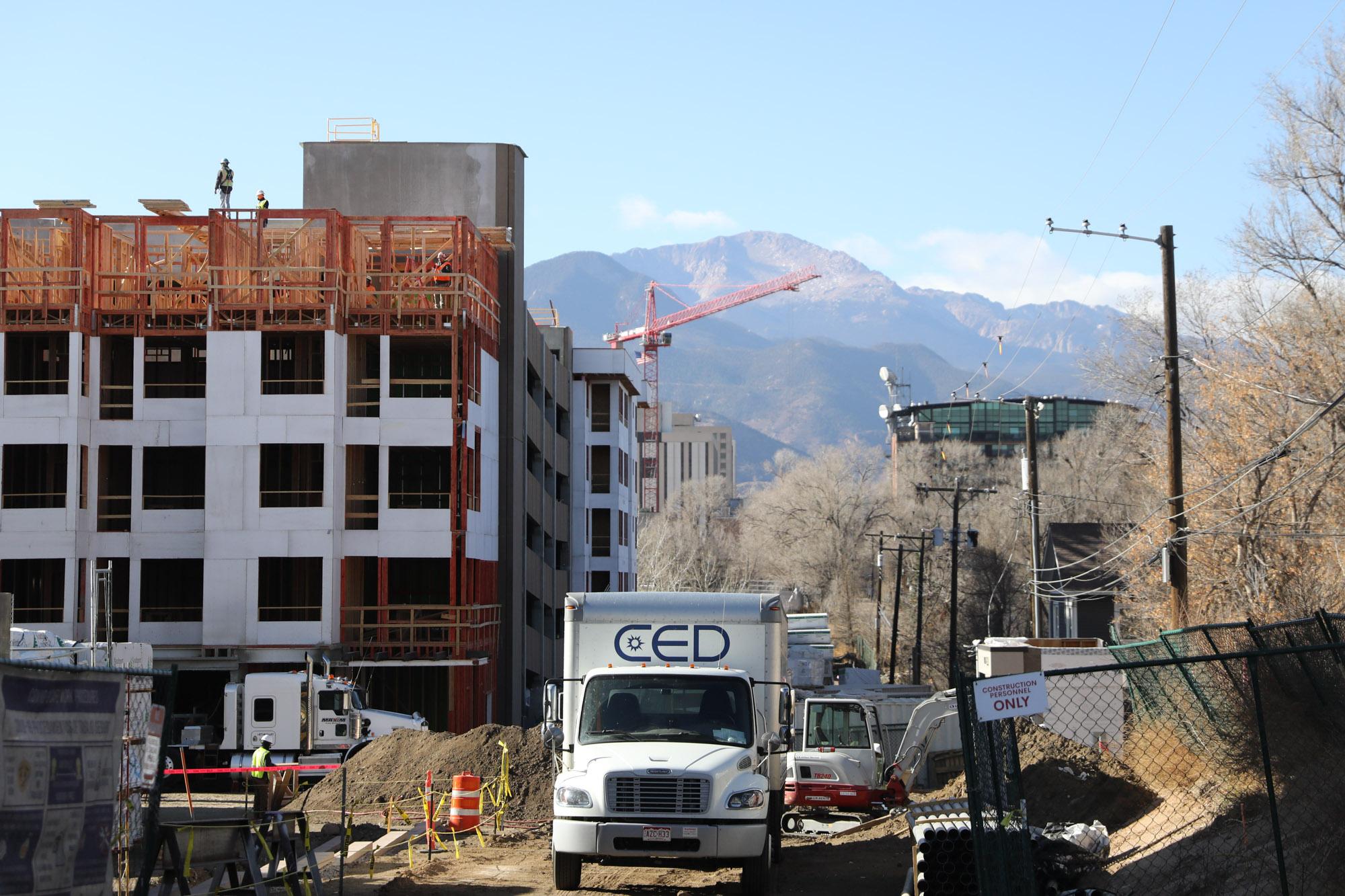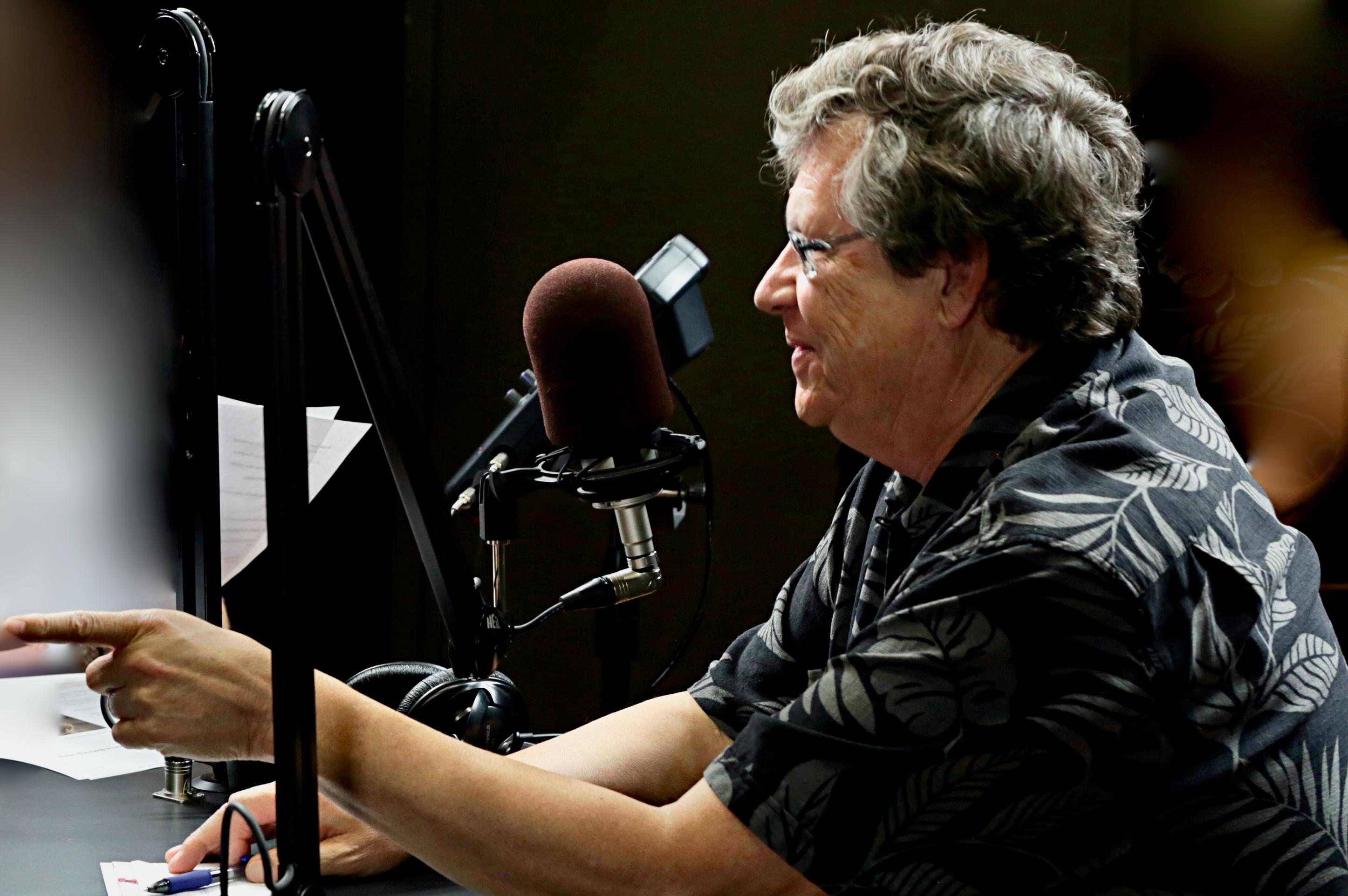
The goal of the new ConnectCOS plan is to align transportation development with other parts of Colorado Springs’ comprehensive master plan, as well as the work other agencies are doing. In a presentation to the City Council earlier this week, the plan consultants said they've worked with city officials, the public and other stakeholders. They’ve identified projects covering roads, transit and non-motorized infrastructure, with six stated goals: safe, equitable, sustainable, accessible, connected and efficiently reliable.
Safety rose to the top when the public was asked to rank their priorities. Examples include improvements in roadway crossings for bikes and pedestrians and safer intersections for all modes of transit.
People also said that if they had to choose, they’d prioritize making travel easier within the city versus Interstate 25 and to target areas where the need for access to transportation is greatest over investing evenly throughout the city.
Consultants evaluated critical travel corridors that connect destinations, called travel-sheds, for what changes might be needed to meet the six stated goals. These include the main roadways and the surrounding roads and infrastructure. For example, when looking at safety, they considered accident statistics, emergency response and evacuation capabilities, and personal safety concerns like street crossings and lighting.
Council members had many comments and questions during the presentation, especially about how to balance the reality of how reliant people are on their private cars versus the aspiration of encouraging more people to use public or non-motorized transportation.
ConnectCOS dovetails with the ten-year Pikes Peak Rural Transportation Authority plan. In November, voters in the PPRTA region will likely be asked to extend the portion of a sales tax currently in place dedicated to capital improvements that’s slated to sunset in 2024.
That tax is a one-cent tax put into place in 2004 and extended in 2012. Forty-five percent of it goes to transit operations and maintenance and does not sunset. The other 55 percent is the capital funding portion that would cover projects like adding shoulders and guardrails or widening roads and that’s what would be on the ballot.
The consultants expect to wrap up the ConnectCOS plan later this year, somewhat later than the original expected completion date, due to pandemic delays.









